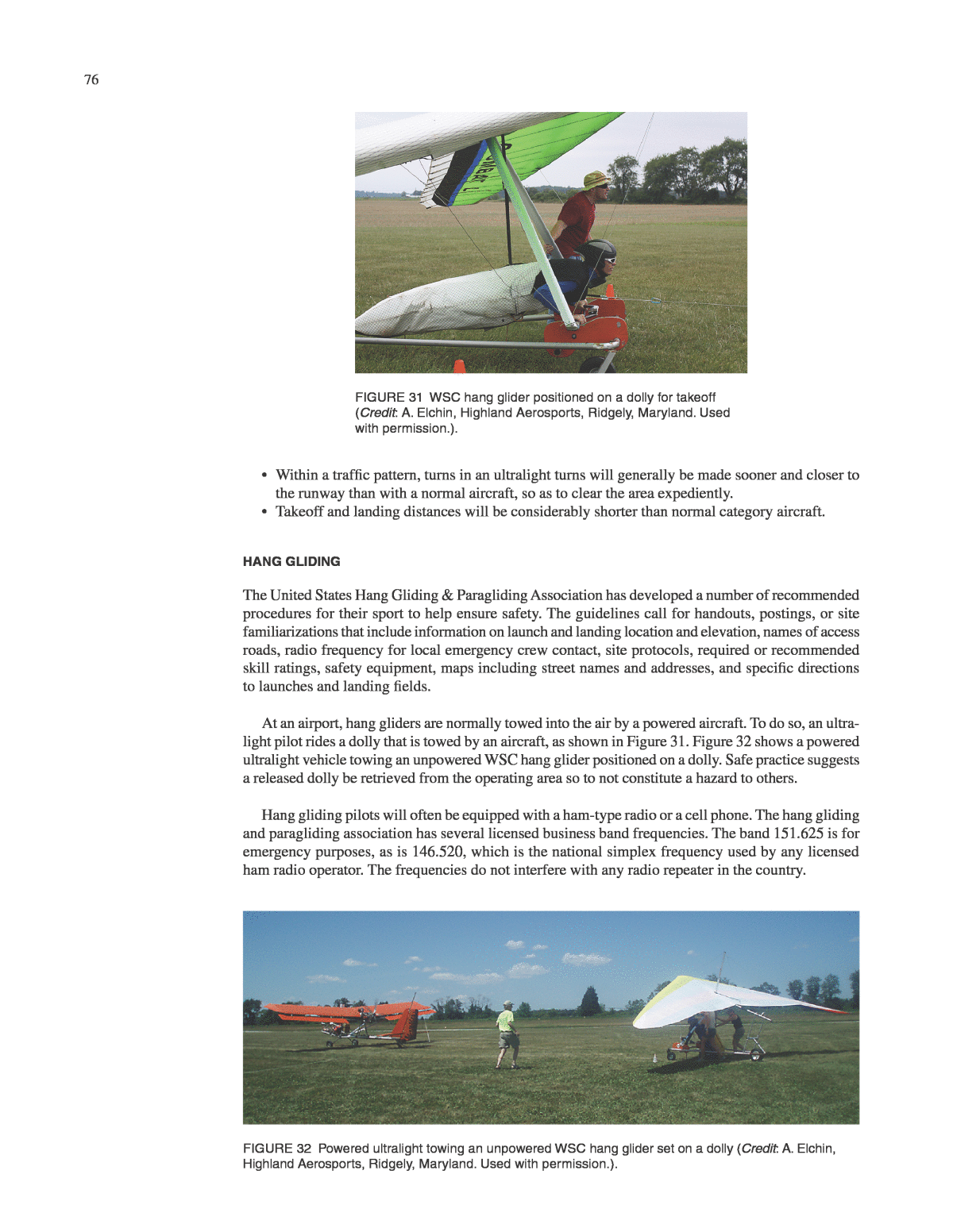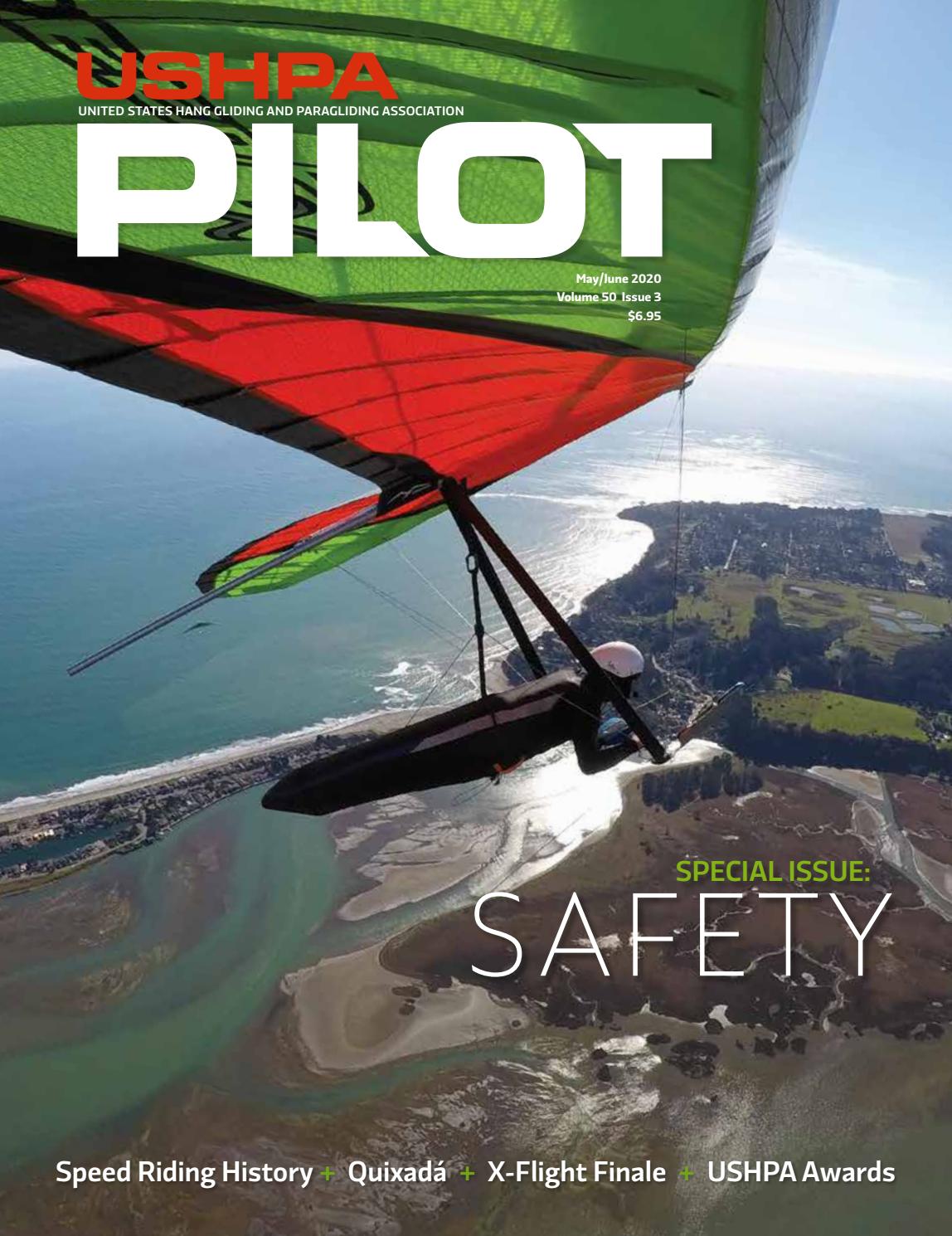Introduction
Paragliding and hang gliding are exhilarating adventure sports that allow individuals to experience the thrill of flying. However, like any adventure activity, it is crucial to prioritize safety to ensure a positive and secure experience. In this blog post, we will discuss some essential safety protocols that every paraglider and hang glider should follow to minimize risks and enjoy these sports to the fullest.
1. Equipment Inspection and Maintenance
Before embarking on any paragliding or hang gliding adventure, it is crucial to thoroughly inspect and maintain your equipment. Check the wing, harness, helmet, and reserve parachute for any signs of wear and tear. Ensure that all the lines are untangled and in good condition. Regularly service your equipment to guarantee its optimal performance and safety.
2. Weather Conditions
Always check the weather conditions before taking off. Wind speed, direction, and stability are critical factors that can greatly affect your flight. Avoid flying in strong winds, turbulent weather, or during thunderstorms. Stay updated with weather forecasts and consult experienced pilots or local authorities for advice on suitable flying conditions.
3. Proper Training and Certification
Obtaining proper training and certification is essential for safe paragliding and hang gliding. Enroll in a reputable training program where you will learn the necessary skills, techniques, and safety protocols. Certified instructors will guide you through the process, ensuring you have a solid foundation before venturing into solo flights.
4. Pre-Flight Checklist
Develop a pre-flight checklist to ensure you don’t miss any crucial steps before taking off. This checklist should include items such as checking the wing inflation, harness buckles, helmet straps, reserve parachute deployment, and radio communication. Following a pre-flight checklist helps minimize the risk of overlooking important safety measures.
5. Site Familiarization
Before flying at a new site, take the time to familiarize yourself with the area. Study the topography, potential landing zones, and any potential hazards such as power lines, trees, or water bodies. Understanding the site’s layout and potential challenges will enable you to make informed decisions during your flight and ensure a safe landing.
6. Communication and Radio Usage
Effective communication is crucial for maintaining safety during paragliding and hang gliding. Familiarize yourself with the radio communication protocols used by pilots in your area. Ensure your radio equipment is in good working condition and practice using it effectively. Clear and concise communication with other pilots and ground crew members can help prevent accidents and safety Protocols for Paragliding and Hang Gliding.
Summary
Paragliding and hang gliding are popular adventure sports that require adherence to strict safety protocols. This blog post highlights some crucial safety measures that every paraglider and hang glider should be aware of. By following these protocols, enthusiasts can minimize ri browse around this site sks and enjoy the thrill of flying in a safe and secure manner.

- Q: What are the safety protocols for paragliding and hang gliding?
- A: Safety protocols for paragliding and hang gliding include:
- – Checking weather conditions before flying
- – Inspecting equipment for any damage or wear
- – Wearing a helmet and appropriate safety gear
- – Attending a certified training program
- – Following proper takeoff and landing procedures
- – Maintaining a safe distance from other gliders
- – Avoiding flying in adverse weather conditions
- – Regularly practicing emergency procedures
- – Being aware of airspace regulations and restrictions
- – Flying within personal skill and experience limits
- Q: Why is checking weather conditions important before flying?
- A: Checking weather conditions is important before flying because it helps determine if it is safe to fly. Unfavorable weather conditions such as strong winds, thunderstorms, or poor visibility can pose significant risks to paragliders and hang gliders. It is crucial to avoid flying in adverse weather conditions to ensure the safety of the pilot.
- Q: Why is inspecting equipment necessary?
- A: Inspecting equipment is necessary to ensure that it is in proper working condition and free from any damage or wear. Faulty or damaged equipment can lead to accidents or malfunctions during flight. Regular inspections help identify any issues that need to be addressed before taking off, reducing the risk of equipment failure while in the air.
- Q: What safety gear should be worn during paragliding and hang gliding?
- A: Safety gear that should be worn during paragliding and hang gliding includes a helmet, a harness, and appropriate footwear. Helmets

Welcome to my website! My name is Hayden Statton, and I am thrilled to share my passion for outdoor adventures, cultural festivals, and the exploration of heritage sites with you. As a professional outdoor gear sales representative, I have dedicated my career to helping individuals like you embark on unforgettable journeys and create lasting memories.

